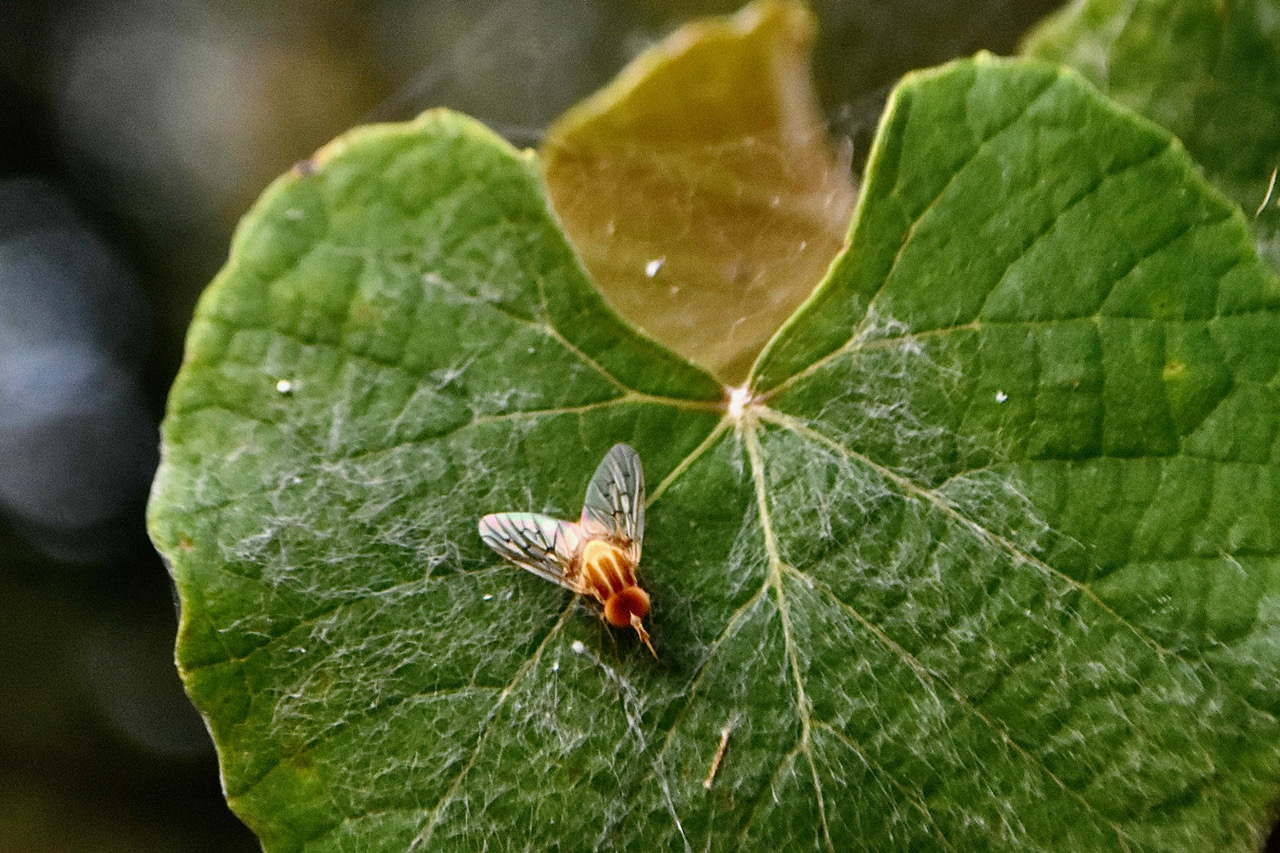
Sulphur bee fly, photographed at Pondhawk Natural Area, Boca Raton, Palm Beach County, in April 2021.
The mathematics of nature can be simple and cruel. It can come down to one dies, one lives. It’s especially true with bee flies.
Bee flies, you ask? Bee flies, a family of about 4,500 identified species found over a good chunk of the Northern Hemisphere, from North America, to Europe to Asia.
Our guy, the sulphur bee fly, Poecilognathus sulphureus, is found over most of the eastern United States from Texas to New York and Massachusetts, including Florida. It’s also found as far south as Costa Rica.
So what is a bee fly? It is a fly just like those you see swarming over a pile of garbage, but behaves totally different. It gets the name because its imitate bees, particularly bumblebees.
Unlike bees, they have one set of wings, instead of two. They’re strong, agile flyers. They have a long proboscis, or tongue, seen in the photo, which they use to sip nectar from flowers. In places, they particularly important pollinators, because they’re active early in spring when others have yet to become active.
They’re such agile flyers that they can sip nectar from a flower without actually landing on it, which allows them to avoid predators that might be waiting to ambush an unwary pollinator.
Other physical characteristics: large eyes and short antennae.
Our guy, the sulphur bee fly, is small, yellowish, with several thick, brown stripes on the thorax that run toward the head.
Here’s where the cruel math comes in. Bee flies are parasites. Female bumble bees dig burrows in the ground in which they’ll lay a single egg. She’ll also provision it with enough pollen to sustain her offspring after it hatches and matures into an adult. That takes multiple trips during which the burrow is left unguarded.
Female bee flies, on the other hand, fly low to the ground in the spring looking for a female bumble bees doing their thing. When she spots one, the bee fly takes advantage of mom bumble bee’s absense, swooping in so to speak and depositing her own egg in or near the burrow.
The bee fly egg hatches; the larvae makes its way down the burrow to the bee offspring, eats pollen and then eats the young bee. It then spends the next year maturing, emerging as an adult the following spring.
One sulphur bee fly lives, one bumble bee dies. As we said, cold, cruel math.
The sulphur bee fly is a member of Bombyliidae, the bee fly family.
